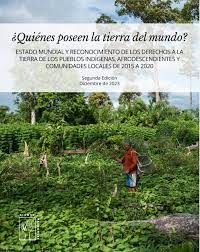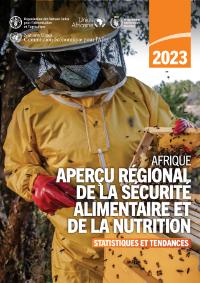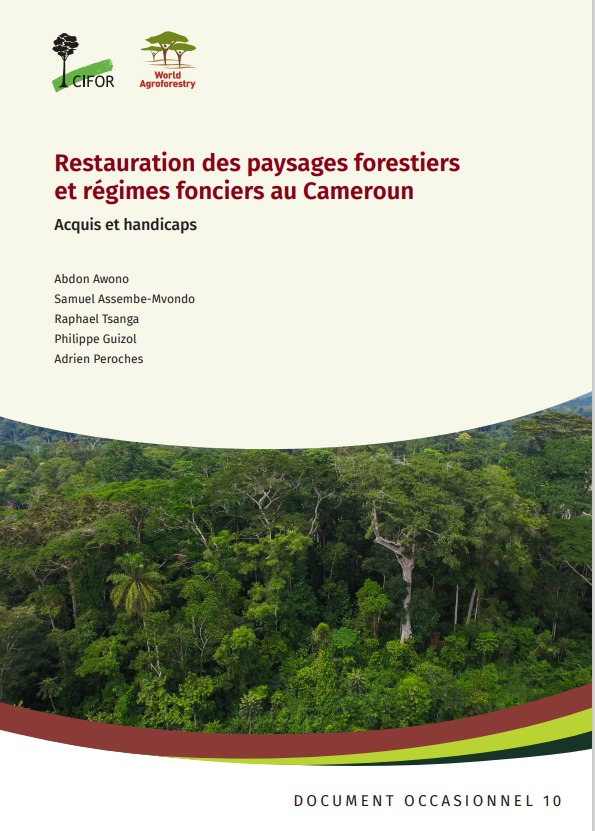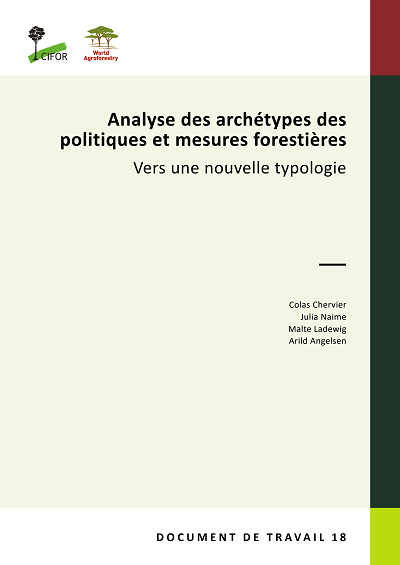Stakeholder mapping for climate change action in Tajikistan
Central Asia is highly vulnerable to climate change threats, which have negatively impacted both humans and wildlife. Tajikistan, one of the least urbanized countries in the region, is prone to natural disasters, disruptions in rainfall, growing temperatures, reductions in glacial cover, and extreme weather events (Zoï Environment Network 2020; Green Climate Fund [GCF] 2020).






